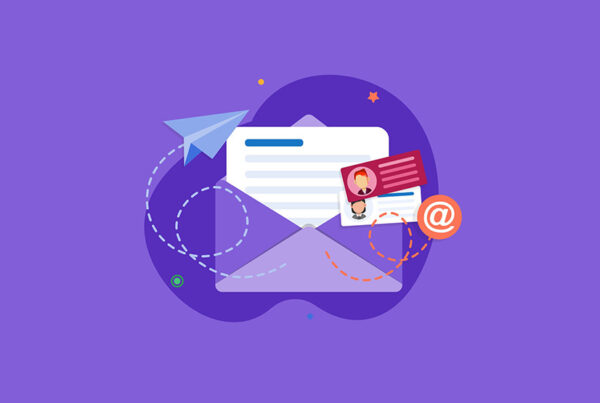B2B SaaS Marketing Strategies are Not a Secret
The best practices for B2B marketing are not secret. The top-performing strategies like account-based marketing, search engine optimization, and outbound prospecting is well documented on hundreds of websites and dozens of books. Every CMO knows them, as do CEOs, venture capital firms, and private equity firms. Not only does everyone know the best practices – almost every SaaS and cloud company has implemented them.

The Innovation Drought in B2B SaaS Marketing
Over the past five years, there has been very little innovation in B2B marketing. There hasn’t been any new killer tech to emerge. There aren’t any new ways of doing things. The stability has enabled companies lagging on digital strategies to catch up. Most SaaS and cloud providers are at parity with one another. Almost every B2B marketing team of any significant size and scale is doing the same list of things:
- BDRs (Prospecting) – Everyone has a team of Business Development Representatives (BDRs) cold calling and emailing target accounts in 15-step cadences.
- LinkedIn (Target Buyers) – Everyone has purchased LinkedIn Sales Navigator for their BDRs to identify the right buyers and to develop personalized outreach strategies.
- ZoomInfo (Sales Triggers) – Everyone has a sales intelligence app they are using to identify compelling events like funding rounds and executive hires that might trigger a new purchasing cycle.
- 6Sense (Intent Data) – Everyone has access to 3rd party intent data from 6sense or Bombora to identify target accounts that are in the early stages of researching products.
- Google Ads (Paid Search) – Everyone is running Google Ads to target prospective buyers searching for the keywords applicable to their products and company.
- Blogs (Content) – Everyone has hired a content marketing manager who is cranking out blogs, ebooks, and white papers to share with their email distribution list.
- Webinars (Events) – Everyone is hosting virtual presentations with customers, partners, and company executives to demonstrate their thought leadership.
- Social Media (Awareness) – Everyone is posting hash-tagged, eye-catching infographics on their corporate Facebook, Twitter, LinkedIn, and Instagram pages.
- G2 (Customer Advocacy) – Everyone is generating online reviews from customers as well as monitoring prospective buyers researching their category.
These are all great tactics, but they are no longer differentiators. Every B2B marketing organization in the SaaS and cloud space run the same playbook. And what was once considered innovative just a few years ago is now commoditized.
The market doesn’t seem to have realized this yet, though. You hear comments like:
”"We've got intent data from 6sense and ZoomInfo, so we've got a big advantage over the competition because we know everyone in the market that is in buying mode."
SaaS CMO
Not really, because all of your competitors have bought those same tools (or something similar). It’s like a stock broker saying they have a huge advantage over other traders because they have a Bloomberg terminal.
Insanity Approach
BDRs, ZoomInfo, 6Sense, Google Ads, blogs, ebooks, social media, G2 – are all great ways to generate leads. But they are no longer differentiators. They are table stakes!
Go-to-market leaders at SaaS and cloud companies are investing in all these programs with the expectation that they are going to outflank the competition and outsell them by 2-3X. But it’s a flawed strategy. It’s like putting all of your money in an ETF linked to the S&P 500 and expecting that you will outperform the market. That’s not how you get alpha.
Einstein once said “the definition of insanity is doing the same thing over and over again and expecting different results.” In marketing, the definition of insanity is doing the same thing as everyone else and expecting better results.
When your marketing is commoditized all it does it put more pressure on the other parts of the organization. Product has to work harder to build differentiated features and improve the customer experience. Sales has to work harder to win head-to-head deals with the competition, driving more discounting and roadmap commitments to close.









